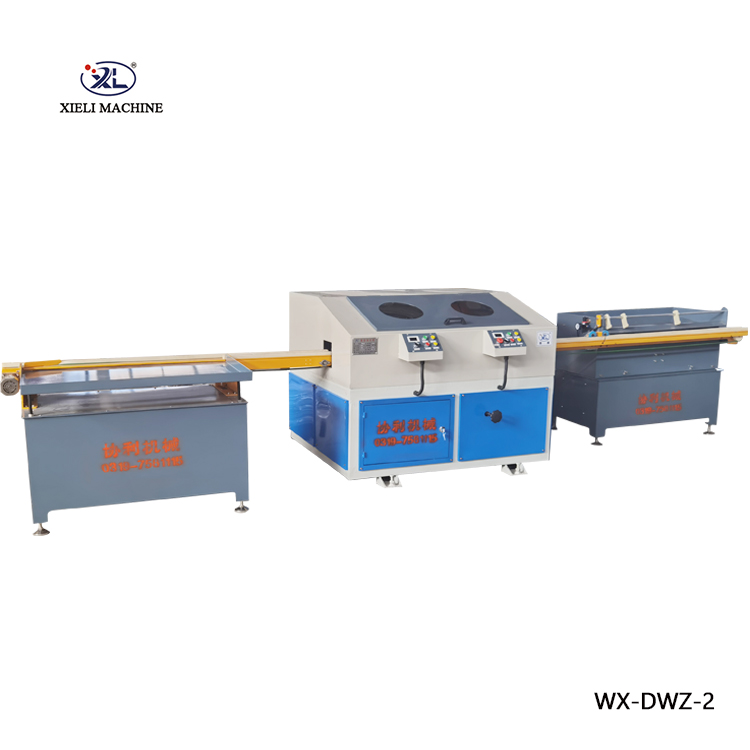Working Principle of Centerless Grinding Machine
Centerless grinding is a precision machining process that is widely used in manufacturing to produce high-precision cylindrical parts. Unlike traditional grinding machines, centerless grinders do not require the part to be held in place by a chuck or fixture. Instead, the workpiece is supported by a rotating grinding wheel and a regulating wheel, which work in concert to achieve the desired dimensions and finishes.
The fundamental working principle of a centerless grinding machine involves three main components the grinding wheel, the regulating wheel, and the workpiece
. The grinding wheel is designed to remove material from the outer surface of the workpiece, while the regulating wheel controls the rotational speed and the feed rate of the workpiece as it passes through the grinding zone.The process begins by placing the workpiece between the grinding wheel and the regulating wheel. The regulating wheel is positioned at a slight angle to the grinding wheel, which helps to create a downward force on the workpiece. This angle is critical, as it allows the controlling of the workpiece’s movement and maintains the correct position throughout the grinding process. As the grinding wheel rotates at a high speed, it removes material from the surface of the workpiece, resulting in a smooth, cylindrical finish.
working principle of centerless grinding machine

One of the significant advantages of centerless grinding is its ability to process multiple parts simultaneously, increasing efficiency in manufacturing operations. This is particularly beneficial in high-volume production environments where consistency and speed are essential. Additionally, because the workpiece is not clamped, it can accommodate a variety of shapes and sizes, making centerless grinding a versatile option for many applications.
The centerless grinding process is highly adjustable, allowing operators to modify parameters such as wheel speed, feed rate, and angle to achieve specific tolerances and surface finishes. This adaptability makes it suitable for a range of industries, including automotive, aerospace, and medical device manufacturing, where precision is paramount.
In conclusion, the working principle of the centerless grinding machine is foundational to its widespread use in precision machining. Its unique design, which relies on a combination of rotating wheels to support and grind the workpiece, along with its ability to process multiple components simultaneously, highlights its efficiency and versatility. As manufacturing continues to evolve, centerless grinding remains a critical technique for producing high-quality cylindrical parts with exceptional precision.
-
Discount High-Precision Surface Polishing Machine Durable & EfficientNewsApr.29,2025
-
High-Precision SS Square Tube Polishing Machine China SupplierNewsApr.29,2025
-
Stainless Steel Square Pipe Polishing Machine OEM & High-EfficiencyNewsApr.28,2025
-
Centerless Grinder Troubleshooting Fast Fix for OEM, China & Discount ModelsNewsApr.28,2025
-
Centerless Grinder Automation Solutions OEM & Precision Systems ChinaNewsApr.28,2025
-
Scarlo Centerless Grinder OEM High-Precision China Models & DiscountsNewsApr.28,2025


